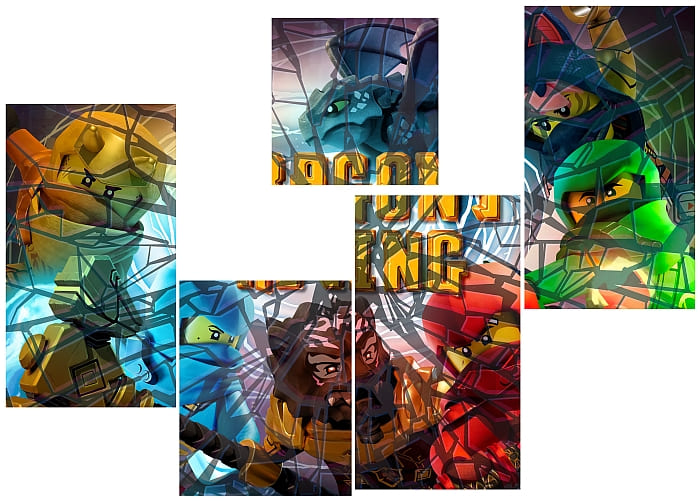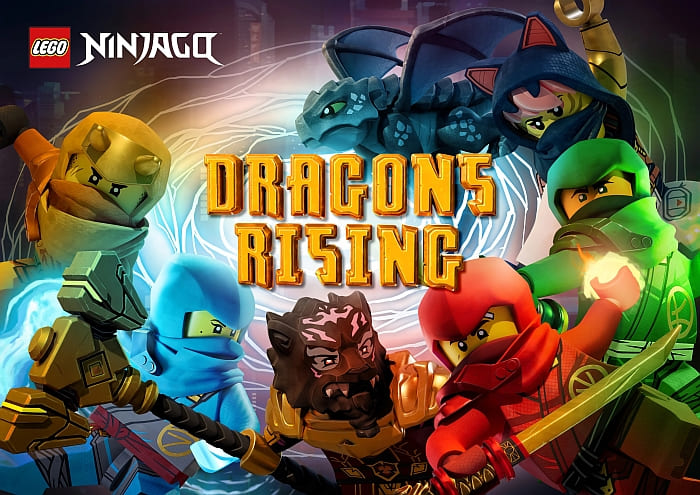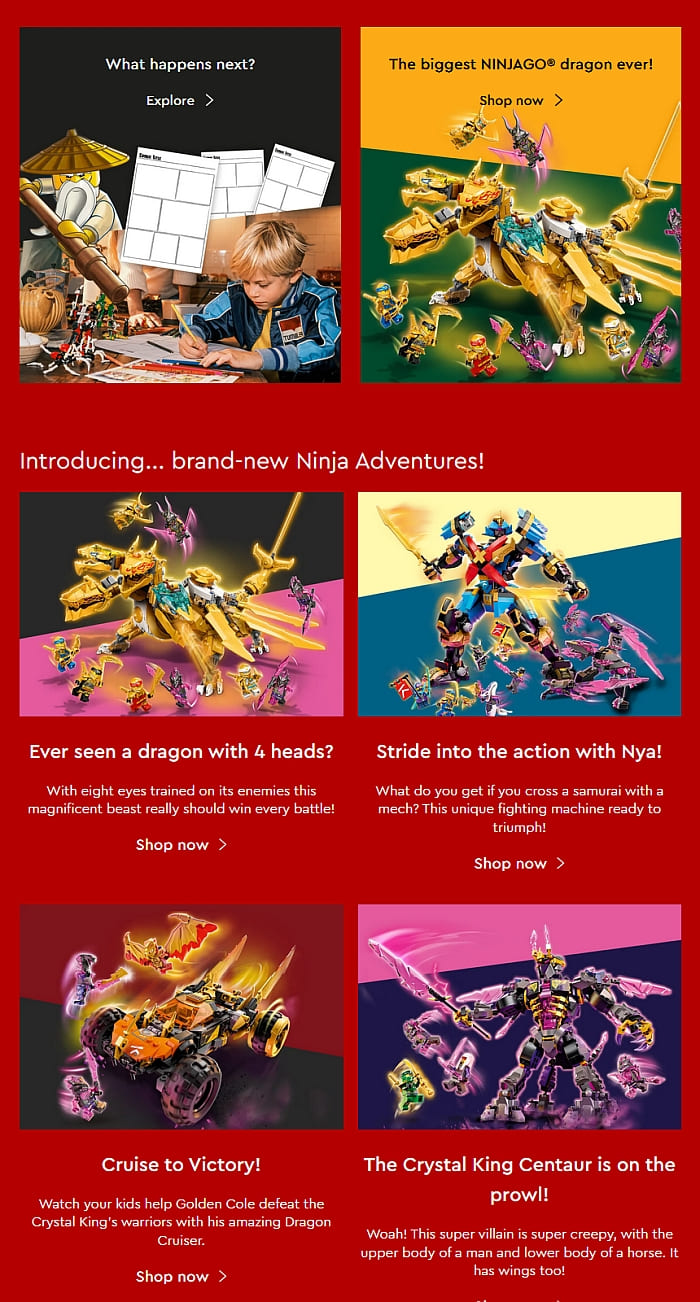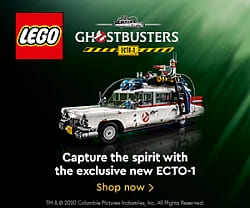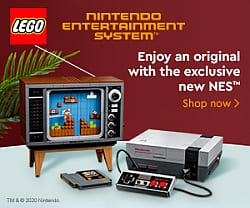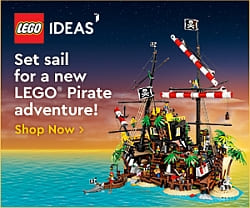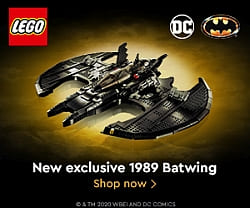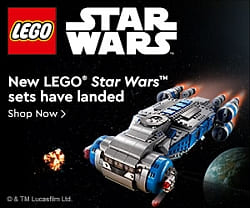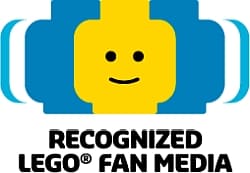After unveiling the game-changing 9X8 hypercar last year, Team Peugeot TotalEnergies has embraced a new engineering challenge – recreating the epic new hybrid hypercar in LEGO Technic form. Car enthusiasts and LEGO lovers – say hello to the #42156 LEGO Technic Peugeot 9X8 24H Le Mans Hybrid Hypercar.
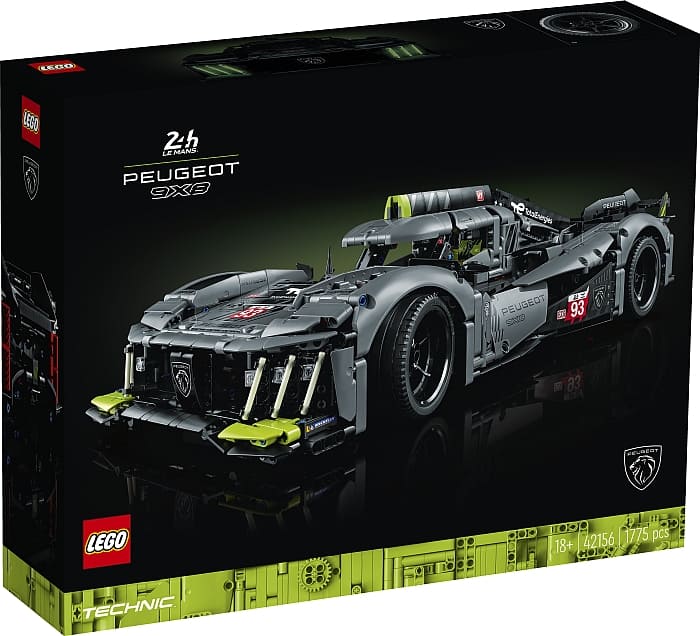
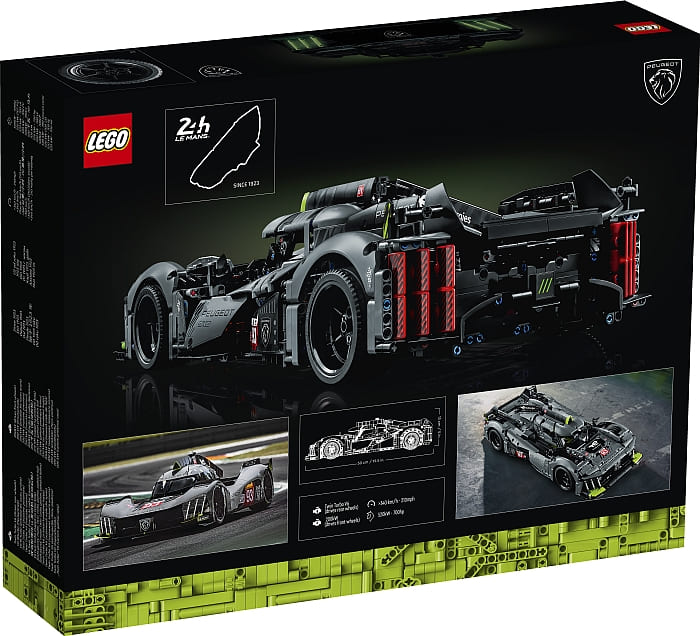
Peugeot is an inventive premium generalist brand, present in more than 130 countries, and sold more than 1,050,000 vehicles worldwide in 2022. By 2025, all its models, both passenger cars and commercial vehicles, will be electric. The Peugeot E-Lion project is a 360° approach to achieving the Zero Carbon goal in 2038. The Peugeot 9X8 electrified hypercar demonstrates the Marque’s passion for motorsport and is entered in the World Endurance Championship (WEC), including the Le Mans 24 Hours. For more information, visit Media.Stellantis.com/em-en/Peugeot
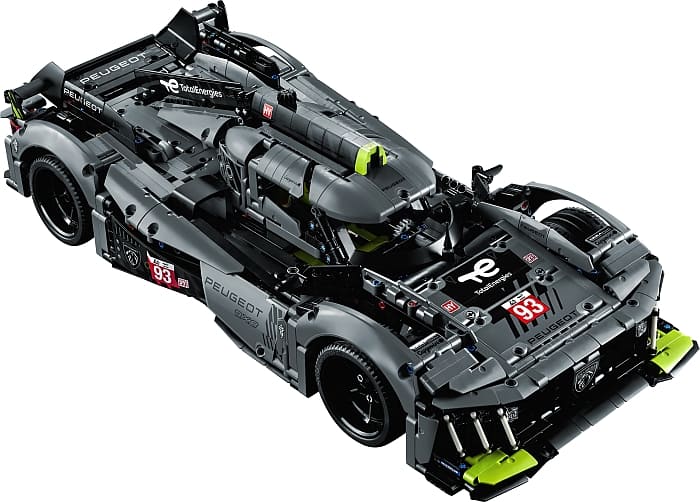
In a feat of engineering excellence, the design teams from LEGO Group and Peugeot Sport have created a precise 1:10 scale version of the pioneering 9X8 hypercar. From the sleek silhouette down to the lime flashes on the livery, this new LEGO Technic model brings the allure of the 9X8 to life. The 9X8 demonstrates Peugeot’s pursuit of electrification and embodies the brand’s zest for competition at the highest level.
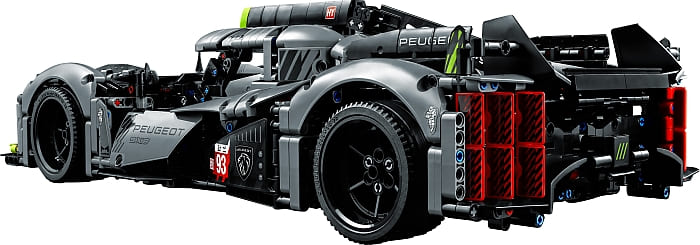
The real-life 4-wheel drive hypercar’s electric-powered 7-speed transmission has been replicated in precise scale in this new model, which also sports the hypercar’s unique doors, low-emission hybrid powertrain system, powerful suspension, and elegant profile. Fantastic details such as the V6 engine and glow-in-the-dark light elements truly capture the thrill of racing.
Speaking about the 1,775-piece marvel, Kasper René Hansen, Designer at the LEGO Group said: “Our two brands have come together to create a product that celebrates a new era of hybrid racing and engineering. Recreating the shapes and details of such an elegant car using LEGO Technic elements wasn’t an easy feat, but it’s been an honor to work so creatively with the Team Peugeot TotalEnergies on this one and I’m proud that together we have been able to build the hypercar for real in LEGO Technic form.”
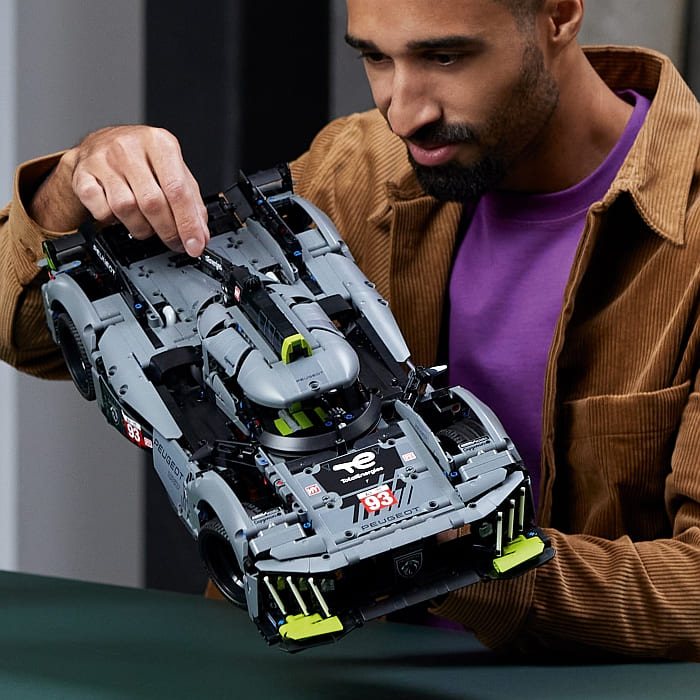
Olivier Jansonnie, Technical Director PEUGEOT Sport: “Our technical cooperation with the LEGO Group started in January 2022, 5 months before the Peugeot 9X8 reveal. It took one year to fully develop the project with the technical and design teams, allowing us to directly transpose the technical details of the Peugeot 9X8 to the LEGO Technic model. It was very important for both brands to create a model that is as realistic as possible. Peugeot, Peugeot Sport and the LEGO teams had numerous meetings about the development of the suspension and hybrid systems that cannot be replicated from photos. We thank the LEGO Group for this project, we are very proud and impressed by the final result that is more than we could have imagined.”
This latest addition to the LEGO Technic series measures over 5 in. (13 cm) high, 9 in. (22 cm) wide, and 19.5 in. (50 cm) long when fully built and is sure to provide a thrilling ride for racing and LEGO fans alike.
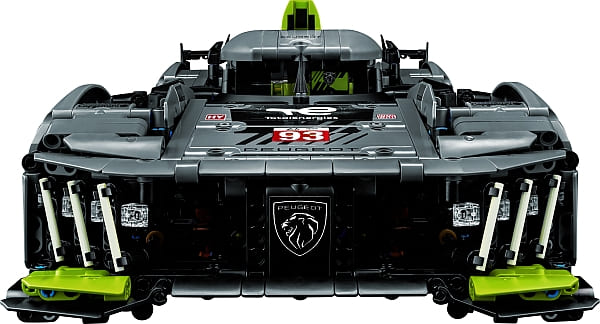
The LEGO version of the racecar model was revealed at the first FIA World European Championship race in Portugal ahead of the real-life car taking to the tracks in preparation for its highly anticipated appearance at the Le Mans 24-Hour race on June 10th-11th.
The #42156 LEGO Technic Peugeot 9X8 24H Le Mans Hybrid Hypercar set will be available via official LEGO stores, the Online LEGO Shop and through the Peugeot dealership network from the 1st of May. Prices are as follows: 199.99€/$199.99/£169.99/299.99 AUD/1899.0 CNY/4399.9 TRY/279.99 CAD. For more information, visit the LEGO Technic section of the Online LEGO Shop.
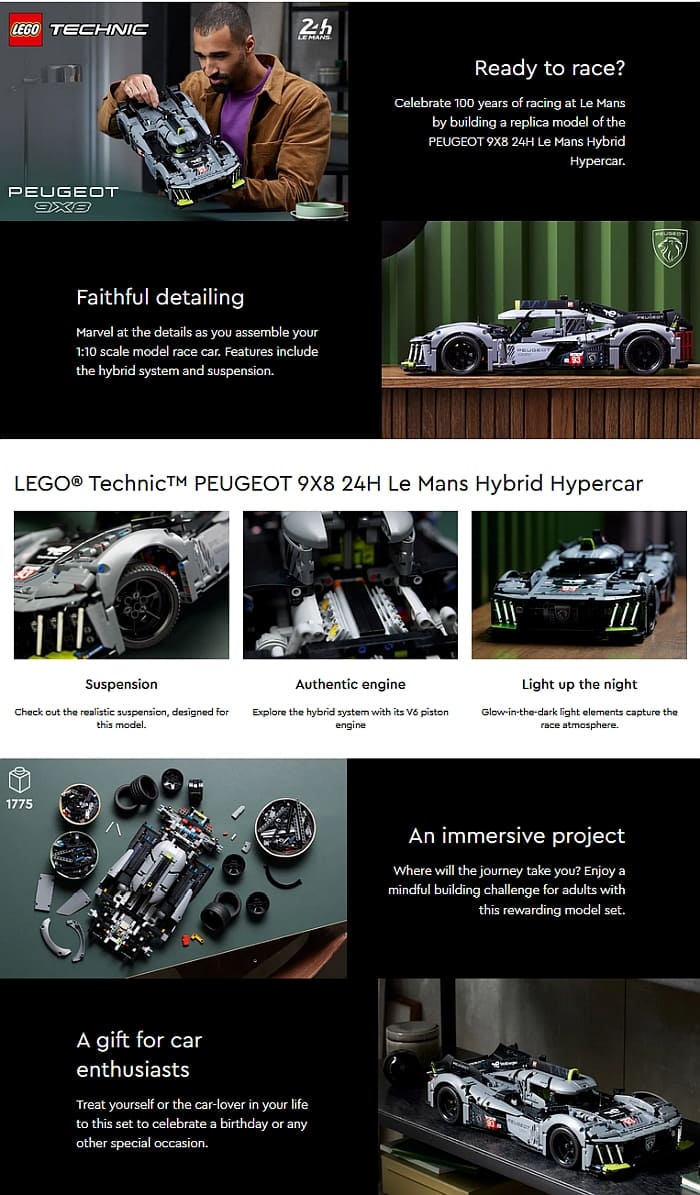
What do you think? How do you like this new LEGO Technic set? Feel free to share your thoughts and discuss in the comment section below!
And you might also like to check out the following related posts:
